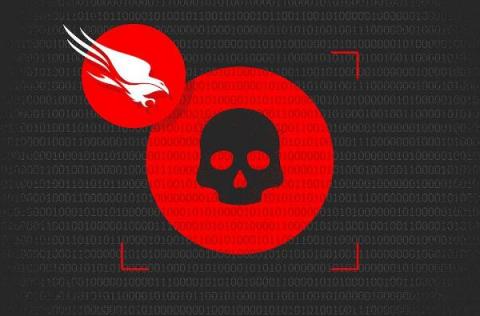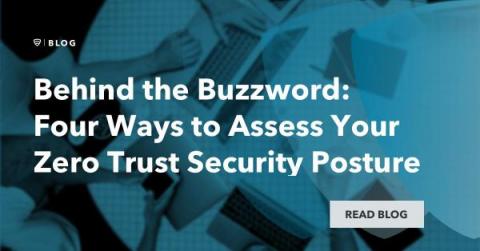Why Zero Trust is the future of corporate cybersecurity
In a world driven by digital business, enterprise security needs to be continuously monitored and improved to keep up with evolving cyber-threats and to ensure data protection across the web. As the corporate, office-based workforce evolves to become more permanently remote, increased access control to business assets is needed for those both within and outside of the company network.











